当前位置:网站首页>How magical is the unsafe class used by all major frameworks?
How magical is the unsafe class used by all major frameworks?
2022-04-23 16:20:00 【JAVA Chinese community】
Preface
Almost everyone uses Java Development tools 、 Software infrastructure 、 High performance development libraries are used at the bottom sun.misc.Unsafe, such as Netty、Cassandra、Hadoop、Kafka etc. .
Unsafe Class is upgrading Java Operational efficiency , enhance Java The language bottom level operation ability aspect has played the very big role . but Unsafe Class in sun.misc It's a bag , Do not belong to Java standard .
A long time ago , When reading the source code of concurrent programming related classes , notice Unsafe class , There was a doubt : Since it is a class used in concurrent programming , Why is it named Unsafe Well ?
I don't know until I know more about it , there Unsafe It's not about thread safety , But to : This class is common to programmers ” dangerous “ Of , General application developers will not and should not use this kind of .
because Unsafe Class is too powerful , Provides some ways to bypass JVM Lower level functions of . It makes Java Have something like C The ability to manipulate memory space like a pointer to a language , Can improve efficiency , But it also brings the problem of pointers . The official does not recommend the use of , No documentation support , It is even planned to remove this class in the later version .
But for developers , Understanding the functions provided by this class is more helpful for us to learn CAS、 Concurrent programming and other related knowledge , It is still very necessary to learn and understand .
Unsafe Construction
Unsafe Class is "final" Of , Inheritance is not allowed , And the constructor is private, The singleton pattern is used to pass through a static method getUnsafe() To get .
private Unsafe() {
}
@CallerSensitive
public static Unsafe getUnsafe() {
Class var0 = Reflection.getCallerClass();
if (!VM.isSystemDomainLoader(var0.getClassLoader())) {
throw new SecurityException("Unsafe");
} else {
return theUnsafe;
}
}stay getUnsafe Method limits the creation of objects in singleton mode , If it is an ordinary call, it will throw a SecurityException abnormal . Only classes loaded by the main class loader can call this method .
that , How to get Unsafe Class objects ? Reflection mechanism is usually used :
public static Unsafe getUnsafe() throws IllegalAccessException {
Field unsafeField = Unsafe.class.getDeclaredFields()[0];
unsafeField.setAccessible(true);
return (Unsafe) unsafeField.get(null);
}When you get Unsafe After object , Can ” Do as one pleases “ 了 . So let's see , adopt Unsafe Method , What can we do .
Unsafe The main function of
Let's take a look at the picture below as a whole Unsafe Features provided :
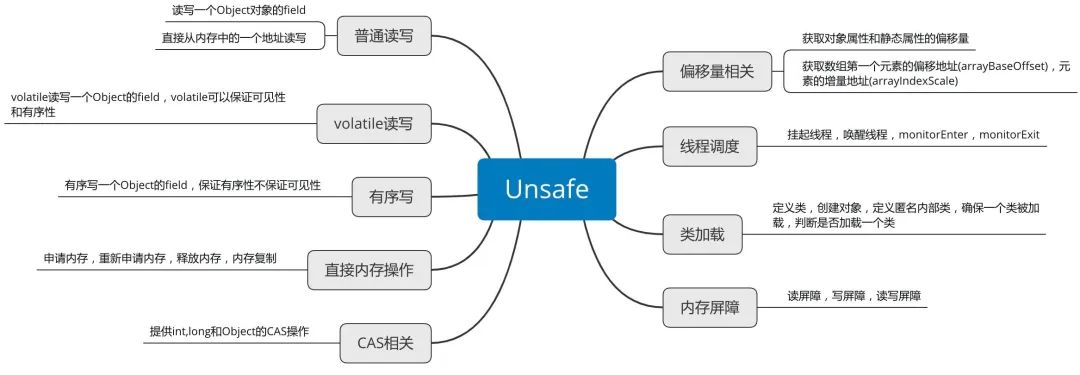
Now select the important functions to explain .
One 、 memory management
Unsafe The main memory management functions include : Ordinary reading and writing 、volatile Reading and writing 、 Orderly write 、 Direct operation of memory and other functions of allocating and releasing memory .
Ordinary reading and writing
Unsafe You can read and write the properties of a class , Even if this property is private , You can also read and write this property .
// Get the integer the memory address points to
public native int getInt(Object var1, long var2);
// Write the integer to the specified memory address
public native void putInt(Object var1, long var2, int var4);getInt Used to read a... From the specified offset address of an object int.putInt Used to write a... At the specified offset address of an object int. Other primitive types also provide corresponding methods .
in addition ,Unsafe Of getByte、putByte Method provides the function of reading and writing directly on an address .
volatile Reading and writing
Ordinary reading and writing cannot guarantee visibility and order , and volatile Reading and writing ensures visibility and order .
// Get the integer the memory address points to , And support volatile semantics
public native int getIntVolatile(Object var1, long var2);
// Write the integer to the specified memory address , And support volatile semantics
public native void putIntVolatile(Object var1, long var2, int var4);volatile Read and write to ensure visibility and order , It's more expensive than ordinary reading and writing .
Orderly write
Orderly writing only ensures the order of writing , Visibility is not guaranteed , That is, the writing of one thread does not guarantee that other threads are immediately visible .
// Write the integer to the specified memory address 、 Orderly or delayed methods
public native void putOrderedInt(Object var1, long var2, int var4);And with the volatile Write comparison putOrderedXX The cost of writing is relatively low ,putOrderedXX Writing does not guarantee visibility , But ensure order , Order , Is to ensure that the instructions are not reordered .
Direct memory operation
Unsafe Provides the ability to directly manipulate memory :
// Allocate memory
public native long allocateMemory(long var1);
// Reallocate memory
public native long reallocateMemory(long var1, long var3);
// Memory initialization
public native void setMemory(long var1, long var3, byte var5);
// Memory copy
public native void copyMemory(Object var1, long var2, Object var4, long var5, long var7);
// Clear memory
public native void freeMemory(long var1);Corresponding operation memory , It also provides some methods to obtain memory information :
// Get memory address
public native long getAddress(long var1);
public native int addressSize();
public native int pageSize();It is worth noting that : utilize copyMemory Method can implement a general object copy method , There's no need to implement... For every object clone Method , But you can only make shallow copies of objects .
Two 、 Unconventional object instantiation
Usually , We go through new Or reflection to instantiate objects , and Unsafe Class provides the allocateInstance Method , Object instances can be generated directly , And there is no need to call the construction method and other initialization methods .
This is useful when deserializing objects , Able to rebuild and set up final Field , Instead of calling the constructor .
// Generate object instances directly , The constructor of this instance will not be called
public native Object allocateInstance(Class<?> var1) throws InstantiationException;3、 ... and 、 Class loading
By , You can implement the definition of classes 、 Create and so on .
// Method to define a class , Used to dynamically create classes
public native Class<?> defineClass(String var1, byte[] var2, int var3, int var4, ClassLoader var5, ProtectionDomain var6);
// Dynamically create an anonymous inner class
public native Class<?> defineAnonymousClass(Class<?> var1, byte[] var2, Object[] var3);
// Determine whether a class needs to be initialized
public native boolean shouldBeInitialized(Class<?> var1);
// Ensure that a class has been initialized
public native void ensureClassInitialized(Class<?> var1);Four 、 Offset related
Unsafe Provide the following methods to get the pointer of the object , By offsetting the pointer , Not only can you directly modify the data pointed to by the pointer ( Even if they are private ), You can even find JVM Has been identified as garbage 、 Objects that can be recycled .
// Get static properties Field The offset in the object , When reading and writing a static property, you must obtain its offset
public native long staticFieldOffset(Field var1);
// Get non static properties Field The offset in the object instance , This offset is used when reading and writing non static properties of an object
public native long objectFieldOffset(Field var1);
// return Field Where you are
public native Object staticFieldBase(Field var1);
// Returns the offset of the actual address of the first element in the array from the address of the entire array object
public native int arrayBaseOffset(Class<?> var1);
// Calculate the memory space occupied by the first element in the array
public native int arrayIndexScale(Class<?> var1);5、 ... and 、 Array operation
The array operation provides the following methods :
// Get the offset address of the first element of the array
public native int arrayBaseOffset(Class<?> var1);
// Get the incremental address of the element in the array
public native int arrayIndexScale(Class<?> var1);arrayBaseOffset And arrayIndexScale Use in conjunction with , You can locate the location of each element in the array in memory .
because Java The maximum value of the array of is Integer.MAX_VALUE, Use Unsafe Class can implement large arrays . In fact, such data can be considered as C Array , So pay attention to freeing memory at the right time .
6、 ... and 、 Thread scheduling
The related methods of thread scheduling are as follows :
// Wake up the thread
public native void unpark(Object var1);
// Hung thread
public native void park(boolean var1, long var2);
// For locking , obsolete
public native void monitorEnter(Object var1);
// For locking , obsolete
public native void monitorExit(Object var1);
// For locking , obsolete
public native boolean tryMonitorEnter(Object var1);adopt park Method to suspend the thread , The thread will block until a timeout or interrupt condition occurs .unpark Method can terminate a suspended thread , Bring it back to normal .
The pending operations on threads in the whole concurrency framework are encapsulated in LockSupport Class ,LockSupport There are various versions of... In the class pack Method , But in the end it all calls Unsafe.park() Method .
7、 ... and 、CAS operation
Unsafe Class CAS Operation is probably the most used method . It's for Java A new solution is provided by the lock mechanism of , such as AtomicInteger All classes are implemented through this method .compareAndSwap The method is atomic , Can avoid heavy locking mechanism , Improve code efficiency .
public final native boolean compareAndSwapObject(Object var1, long var2, Object var4, Object var5);
public final native boolean compareAndSwapInt(Object var1, long var2, int var4, int var5);
public final native boolean compareAndSwapLong(Object var1, long var2, long var4, long var6);CAS Generally used for optimistic locks , It's in Java Widely used in ,ConcurrentHashMap,ConcurrentLinkedQueue All of them are useful for CAS To achieve the optimistic lock .
8、 ... and 、 Memory barrier
JDK8 New to define memory barriers 、 Ways to avoid code rearrangement :
// Make sure that all read operations before this barrier have been completed
public native void loadFence();
// Ensure that all write operations before this barrier have been completed
public native void storeFence();
// Ensure that all read and write operations before this barrier have been completed
public native void fullFence();Nine 、 other
Of course ,Unsafe Class also provides a number of other methods , As mentioned above CAS operation , With AtomicInteger For example , When we call getAndIncrement、getAndDecrement Other methods , What is called is Unsafe Of getAndAddInt Method .
public final int getAndIncrement() {
return unsafe.getAndAddInt(this, valueOffset, 1);
}
public final int getAndDecrement() {
return unsafe.getAndAddInt(this, valueOffset, -1);
}In the process of practice , If you read other frameworks or class library implementations , When found to use Unsafe class , It can be compared with the overall function of this class , Analyze in combination with application scenarios , You can roughly understand its function .
Summary
After the analysis of this paper , You must be reading the source code , Meet again Unsafe Class , You must probably guess what it is used for . Use Unsafe The main purpose of class is to improve operation efficiency in most cases 、 Enhancements . But it also faces mistakes 、 Memory management and other risks . Only in-depth understanding , And it is recommended to use only when necessary .

Previous recommendation synchronized How is the underlying implementation ?
Shrimp noodles : What is zero copy ? How to achieve zero copy ?

版权声明
本文为[JAVA Chinese community]所创,转载请带上原文链接,感谢
https://yzsam.com/2022/04/202204231617546835.html
边栏推荐
- homwbrew安装、常用命令以及安装路径
- Cloud migration practice in the financial industry Ping An financial cloud integrates hypermotion cloud migration solution to provide migration services for customers in the financial industry
- Report FCRA test question set and answers (11 wrong questions)
- Qipengyuan horizon credible meta universe social system meets diversified consumption and social needs
- Hyperbdr cloud disaster recovery v3 Release of version 3.0 | upgrade of disaster recovery function and optimization of resource group management function
- 299. 猜数字游戏
- Redis "8" implements distributed current limiting and delay queues
- 05 Lua 控制结构
- Implement default page
- OAK-D树莓派点云项目【附详细代码】
猜你喜欢

Method 2 of drawing ROC curve in R language: proc package
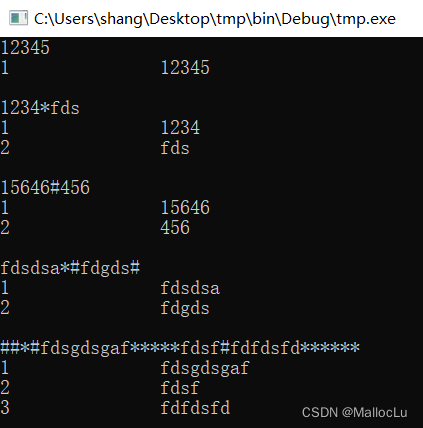
C language self compiled string processing function - string segmentation, string filling, etc

Coalesce and repartition of spark operators

The solution of not displaying a whole line when the total value needs to be set to 0 in sail software

Hyperbdr cloud disaster recovery v3 Version 2.1 release supports more cloud platforms and adds monitoring and alarm functions
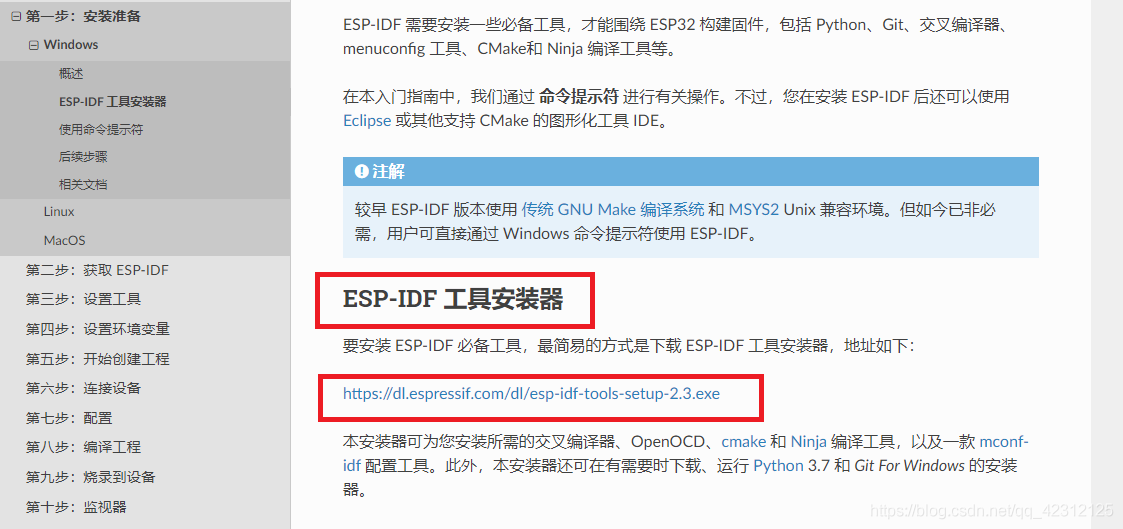
ESP32编译环境的搭建
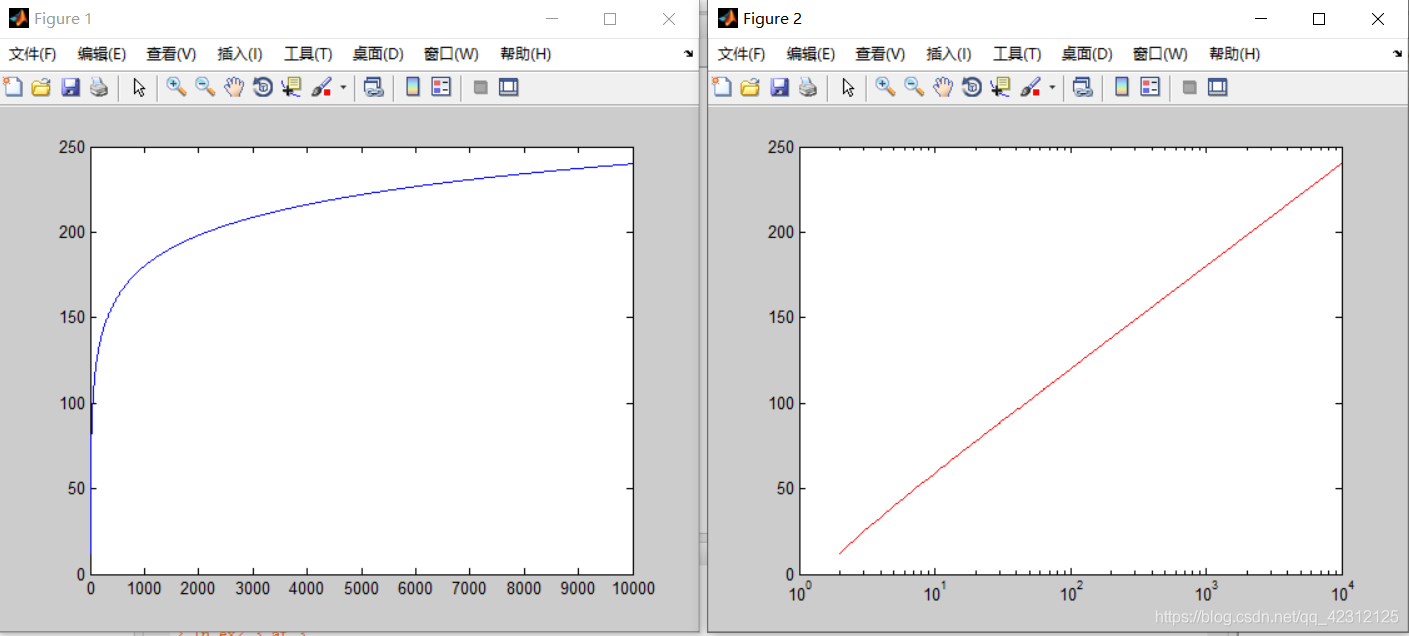
捡起MATLAB的第(5)天
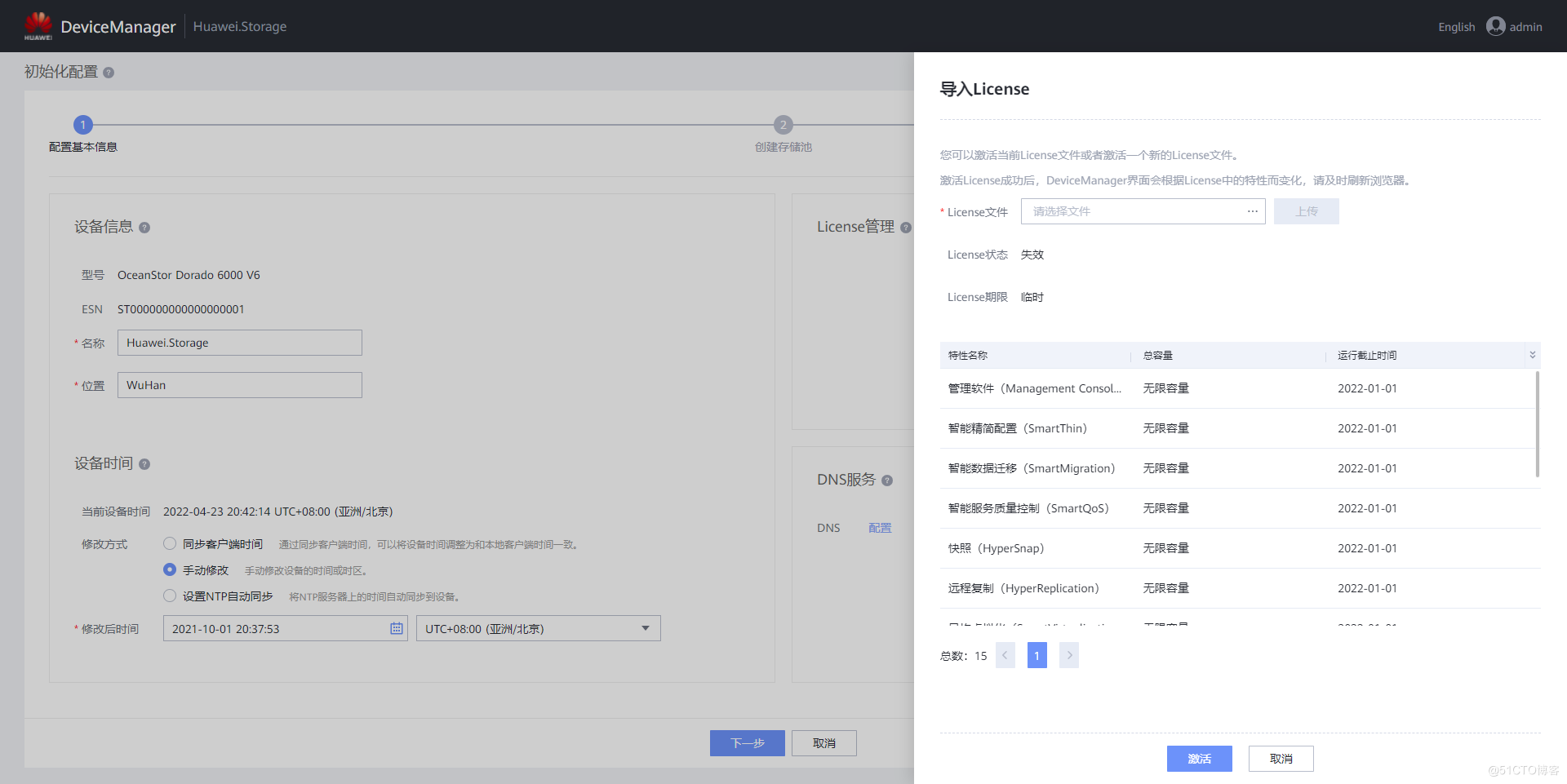
G008-hwy-cc-estor-04 Huawei Dorado V6 storage simulator configuration
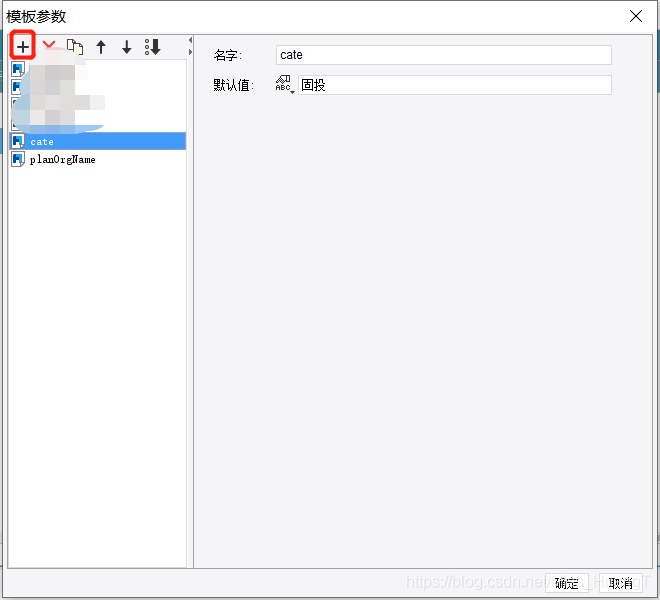
Sail soft calls the method of dynamic parameter transfer and sets parameters in the title

Unity shader learning
随机推荐
How to upgrade openstack across versions
撿起MATLAB的第(9)天
JS regular determines whether the port path of the domain name or IP is correct
Force buckle-746 Climb stairs with minimum cost
捡起MATLAB的第(5)天
JSP learning 3
MySQL的btree索引和hash索引区别
RecyclerView advanced use - to realize drag and drop function of imitation Alipay menu edit page
5 minutes, turn your excel into an online database, the magic cube net table Excel database
Compile, connect -- Notes
VMware Workstation cannot connect to the virtual machine. The system cannot find the specified file
Day (10) of picking up matlab
dlopen/dlsym/dlclose的简单用法
Passing header request header information between services through feign
The biggest winner is China Telecom. Why do people dislike China Mobile and China Unicom?
Sail soft segmentation solution: take only one character (required field) of a string
Download and install mongodb
JS regular détermine si le nom de domaine ou le chemin de port IP est correct
各大框架都在使用的Unsafe类,到底有多神奇?
VIM uses vundle to install the code completion plug-in (youcompleteme)


